Researchers use engineering to study the effects of cannabis on the brain
Electrical engineering and neuroscience researchers collaborate to create a device that can help understand the effects of cannabis on memory and learning.

In the world of higher education, there has been a rapid convergence between the fields of electrical engineering and neuroscience.
For two Virginia Tech professors focusing on developing new treatments and unlocking new technologies, the pairing should be utilized more often to meet pressing medical challenges.
For the last three years, Xiaoting Jia, associate professor in the College of Engineering, and Dan English, assistant professor in the College of Science, have collaborated on a research project that explores how cannabis changes the activity of the brain. Specifically, their focus centers on the effect of cannabinoids, compounds naturally occurring in plants of the genus Cannabis, on the hippocampus, an area of the brain that plays a major role in learning and memory. While cannabis use is known to affect memory in humans, the mechanisms are not well understood.
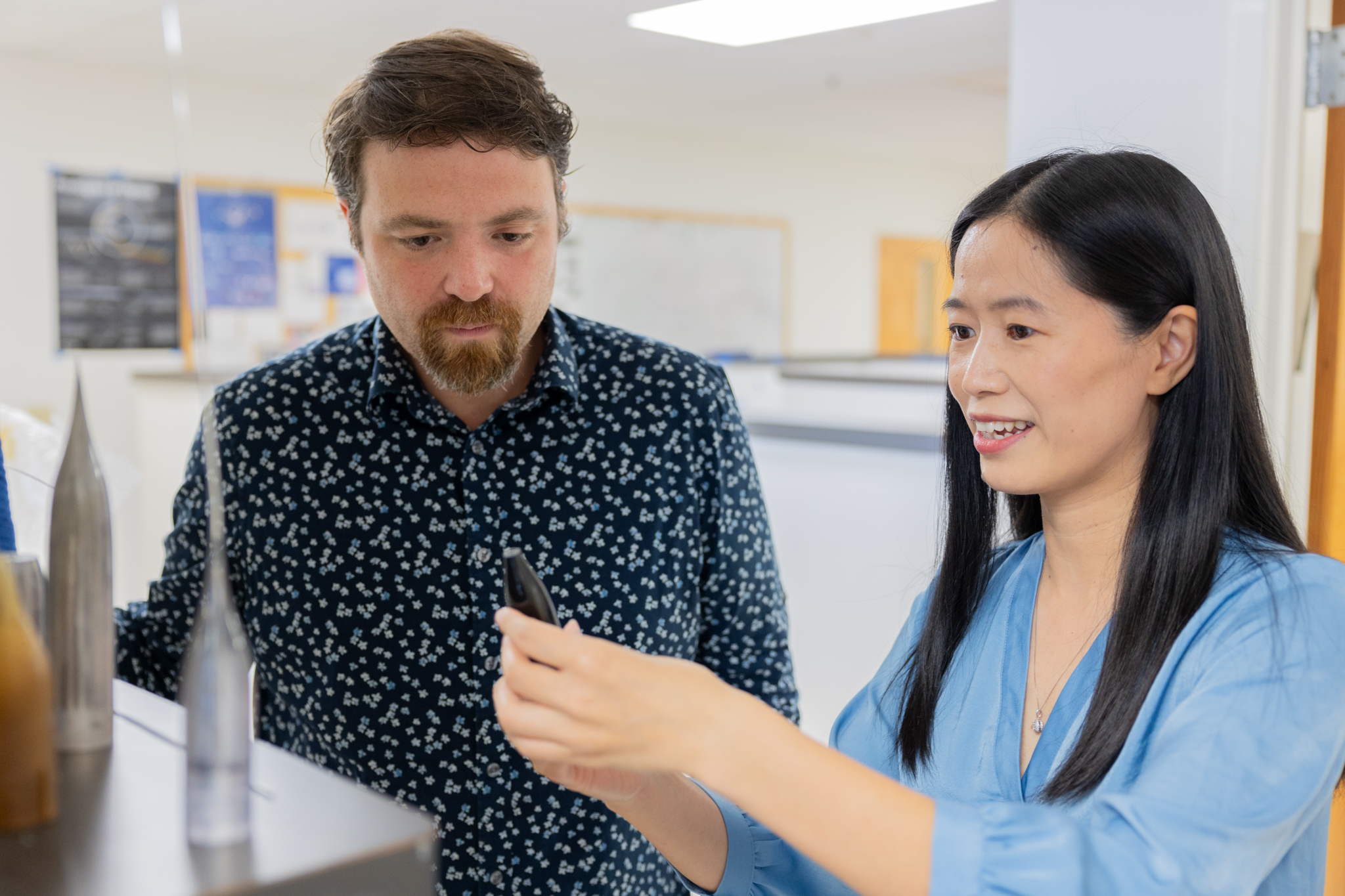
This partnership started shortly after the pandemic and builds on English’s longtime research on the neural circuit function within the brain that supports spatial navigation — the brain’s GPS — and memory.
His research in this area is growing in importance. Jonathan Caulkins, a cannabis policy researcher at Carnegie Mellon University, said in a recent Associated Press report that “a good 40 percent of current cannabis users are using it daily or near daily, a pattern that is more associated with tobacco use than typical alcohol use.”
In addition, a recent Gallup poll showed that 17 percent of Americans reported smoking marijuana in 2023, up from 7 percent in 2013.
“It’s having much more of an impact on public health today,” English said. “We really need to ramp up our research on all fronts of understanding cannabinoids.”
To do his part, English sought a way to study how cannabinoids change activity in specific neural circuit cells. Through extensive collaboration, Jia produced a novel device to answer these questions.
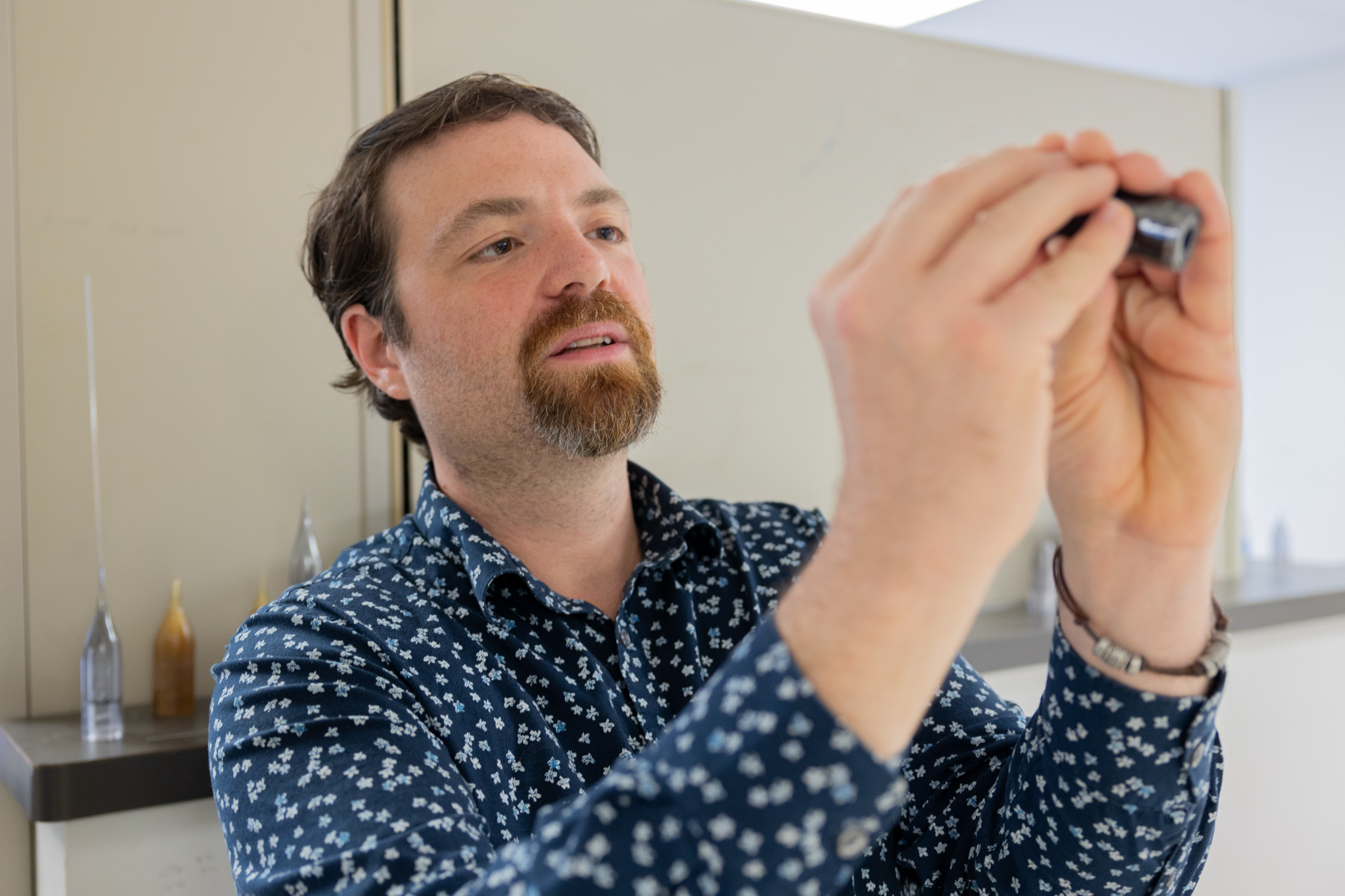
Probing the brain
Jia, professor in the Bradley Department of Electrical and Computer Engineering, has been developing advanced multifunctional probes since she was a postdoctoral fellowship at the Massachusetts Institute of Technology. While there, she and groups of other postdoctoral fellows and graduate students started working on probes to insert into the brain to help understand its function.
These probes – no wider than a strand of hair – contain electrodes that record electrical signals from the neurons within the brain.
The probe is so thin, flexible, and minimally invasive that the brain hardly knows it’s there. Jia developed one of the first fiber-based neural probes and was one of the leading authors of a paper published in Nature Biotechnology in 2015.
“We were asking then, ‘What happens if we put this flexible, functional fiber into the brain?’” Jia said. “This seems to be a very natural platform for communicating with the brain. When I joined Virginia Tech, I basically built the same platform that allowed me to continue in this very exciting direction. Since then, we have made significant advancements in developing more complex fibers with advanced functionalities and three-dimensional interfacing capability.”
English worked with engineers at New York University and the University of Michigan during his time as a postdoctoral fellow and quickly learned how to leverage collaborations with engineers to make neuroscience discoveries. When he interviewed for the position at Virginia Tech's School of Neuroscience, he met Jia and the two quickly bonded over a common professional interest.
To support English’s research, the two of them and four doctoral students – two from electrical engineering and two from neuroscience – made a probe out of a polymer matrix composite material that allowed for flexibility and biocompatibility. The probe was tapered on one end with a small tip that provides the ability to go deep into hippocampus region of the brain.
“We can do this without causing significant damage, without disturbing the natural neural activities or the circuit behavior in the hippocampus,” Jia said. “In the meantime, we can connect multiple electrodes, optical waveguides, and drug delivery channels on the back end and record the neural signals and moderate neural activities.”
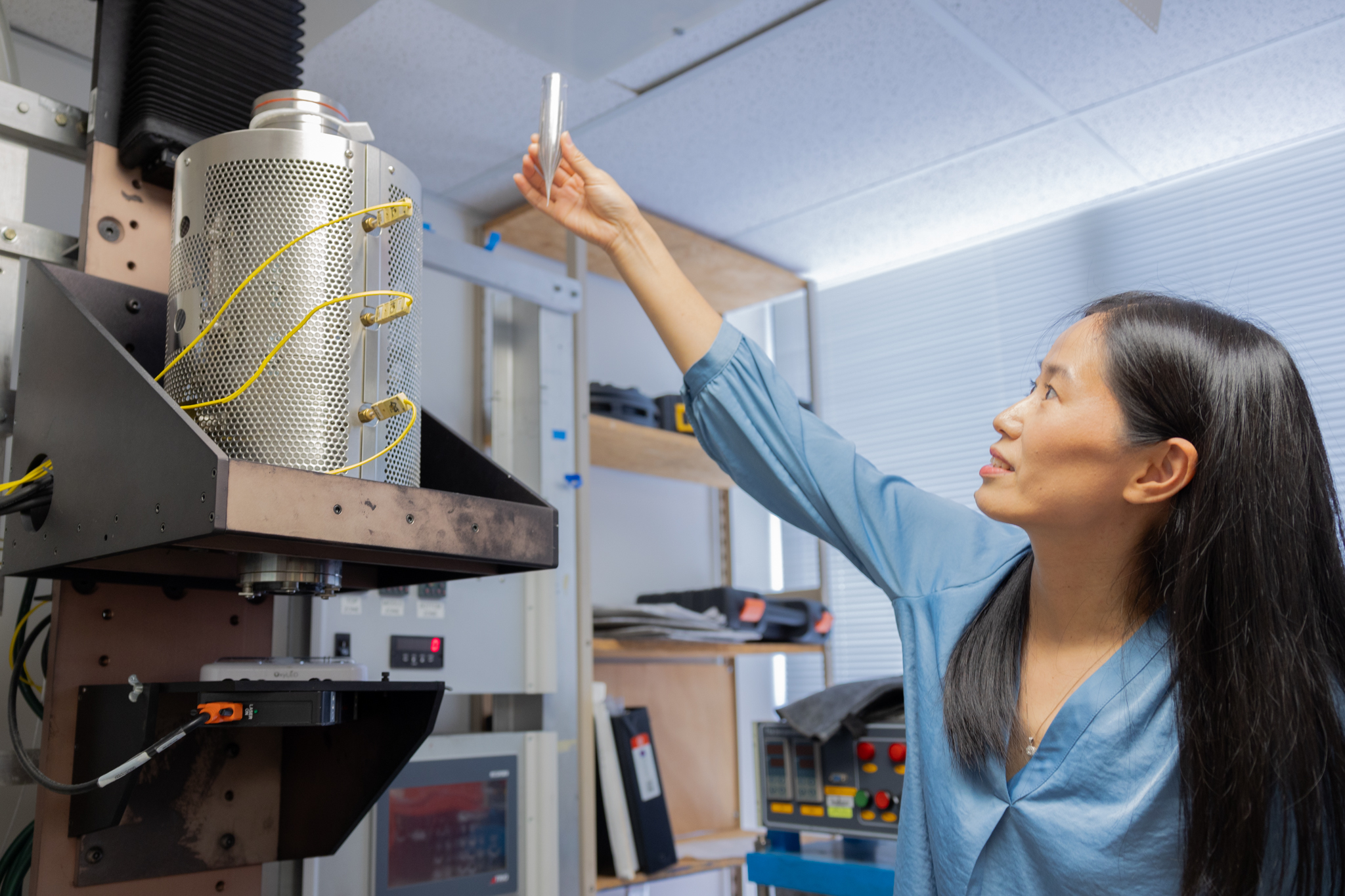
The probe allowed English and his team to pick up electrical signals from the neurons in that vicinity, and they were able to shine a small light into the brain. The probe also included a microfluidic channel that allowed for the application of drugs – in this case, cannabinoids – to the cells.
“In most studies, drugs have been applied systemically, affecting all cells,” English said. “But that’s obviously affecting the other parts of the brain too. We isolated the function of this circuit because the probe is so small and multifunctional and can do all these things in such a small volume of the brain.”
So what did they learn? Jia and English revealed their findings in a paper recently published in Nature Communications.
“This study showed how cannabinoid receptors control neural oscillations, whose functions are to organize activity for effective neuronal communication,” English said. “In the hippocampus specifically, the decrease in oscillations produced by cannabinoid exposure is hypothesized to produce memory deficits. Importantly, because cannabinoid receptors are found at different levels in different brain areas, future experiments with our device will be able to determine if these effects are unique to the hippocampus.
“This is why, in this paper, we had to develop and use this device where we just didn’t have to inject the animal systemically or have the animal ingest a cannabinoid. Critically, we just were able to inject a tiny bit of the cannabinoid right in the circuit that we were studying, and so it wasn’t affecting any other part of the brain. It was just affecting this tiny circuit.”
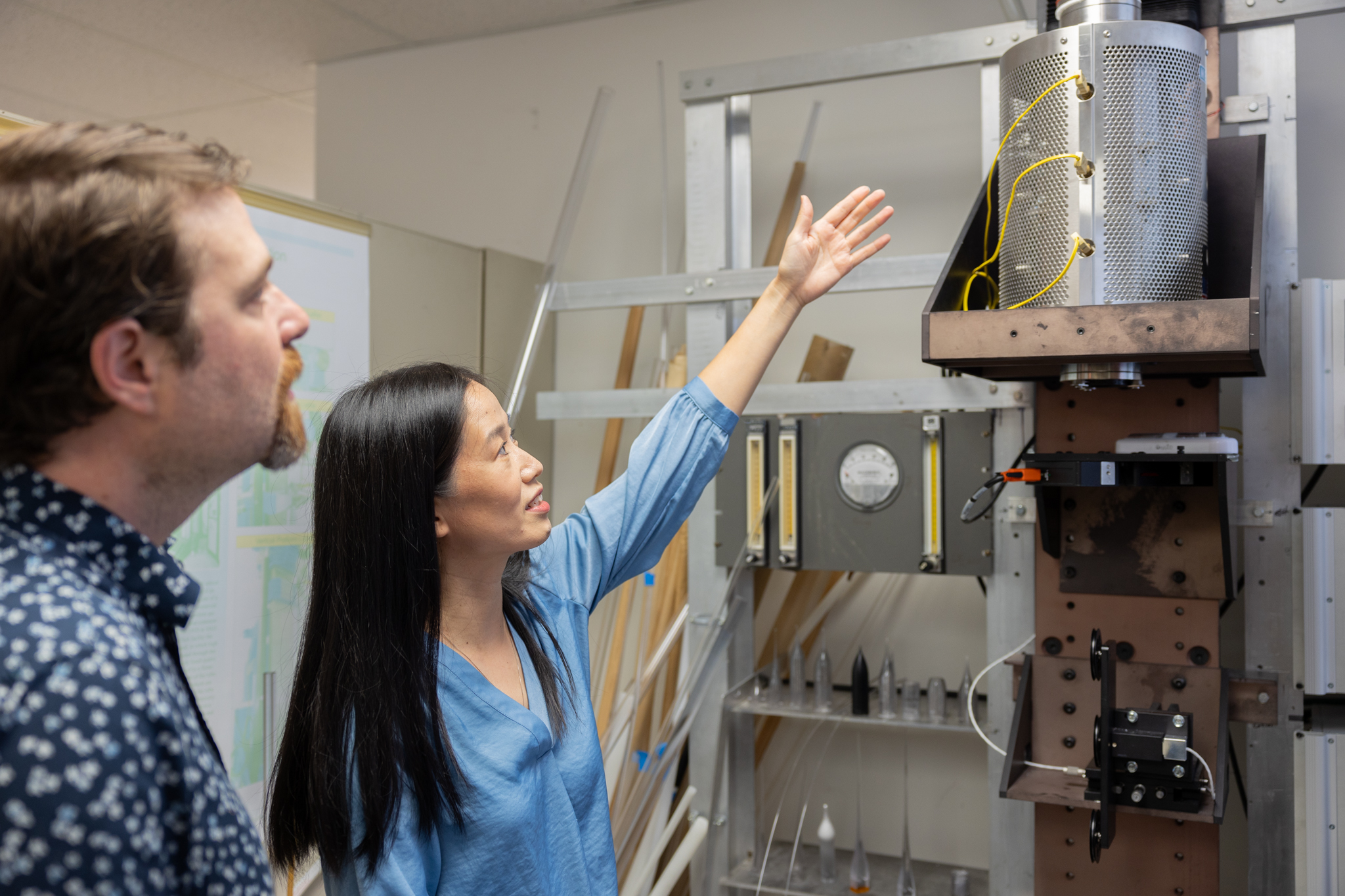
Student collaboration
An indirect benefit of this project centered on student involvement. Each of the four students involved worked on every part of the project. For example, the neuroscience doctoral students went to Jia’s lab and helped with the design and the building of the probe while the electrical engineering students conducted neuroscience experiments.
This transdisciplinary experience helps students understand future research and makes them more competitive when seeking positions at other universities or in the private sector.
“We all wrote the paper,” English said. “And the part of Xiaoting’s team that works with us, they learned the neuroscience, and my students learned the engineering side. They all could explain every figure in the paper because of this level of collaborative training. Bigger or smaller, they were all involved in both the neuroscience and the engineering, so for the students, it was an amazing experience.”
Jia agreed and said the technology can be mass produced for the marketplace.
“The advantage of our probe is that it’s low cost and scalable,” Jia said. “There is great potential for commercialization.”
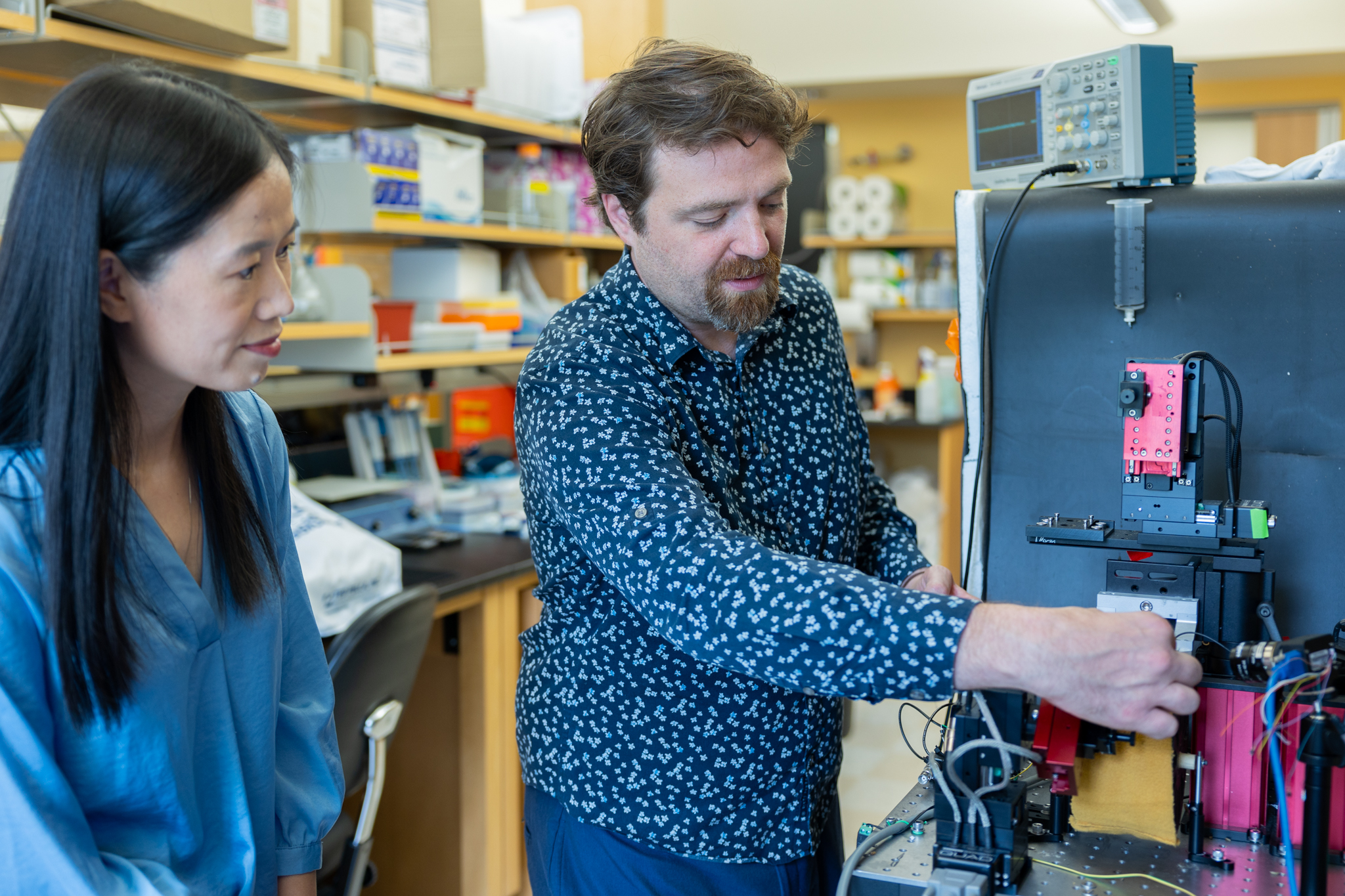
Future steps
For English, publishing the paper capped his first foray into cannabinoid research, and he wants to continue the partnership with Jia in hopes of creating a probe that allows them to record and analyze the behavior of more than 10 times the number of neurons the brain at the same time. This would allow for better understanding of the interaction of neurons within the circuit.
“We want to study more and have more of a complete understanding of the circuit and also how it relates to behavior,” he said. “We understand how the circuit has changed, and the next step is to understand it well enough to then make predictions about changes in behavior, and then actually do experiments manipulating the system and evaluating the outcomes.”
Related stories
Embedding fibers to undo the tapestry of memory loss in Alzheimer's disease
Alzheimer's Awareness Month: Virginia Tech researchers work toward better treatments
New spatial profiling approach maps out discoveries for future brain research





.jpg.transform/m-medium/image.jpg)